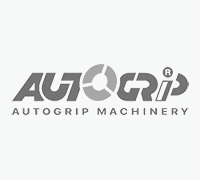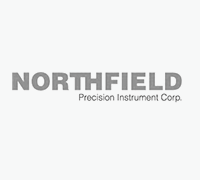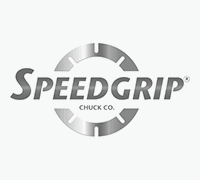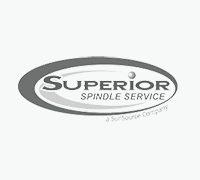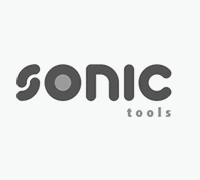Machine work holding refers to the techniques and devices used to securely hold a workpiece in place during a machining operation. This is important because a workpiece that is not held securely can shift or move during machining, resulting in inaccurate cuts, poor surface finish, or even damage to the machine or tooling.
There are various types of work holding devices that can be used, depending on the size and shape of the workpiece and the type of machining operation being performed. Some common examples include vises, chucks, collets, and fixtures.
Vises are typically used for holding flat or rectangular workpieces, while chucks are used for cylindrical workpieces such as rods or tubes. Collets are used for holding small and delicate parts, while fixtures are custom-made devices designed for holding a specific workpiece or group of workpieces during a machining operation.
Proper selection and use of work holding devices is essential for achieving high-quality results in machining operations. The devices must be chosen carefully to ensure that they can securely hold the workpiece without interfering with the machining process or causing damage to the workpiece. Additionally, the devices must be properly set up and maintained to ensure that they continue to hold the workpiece securely throughout the machining operation.


